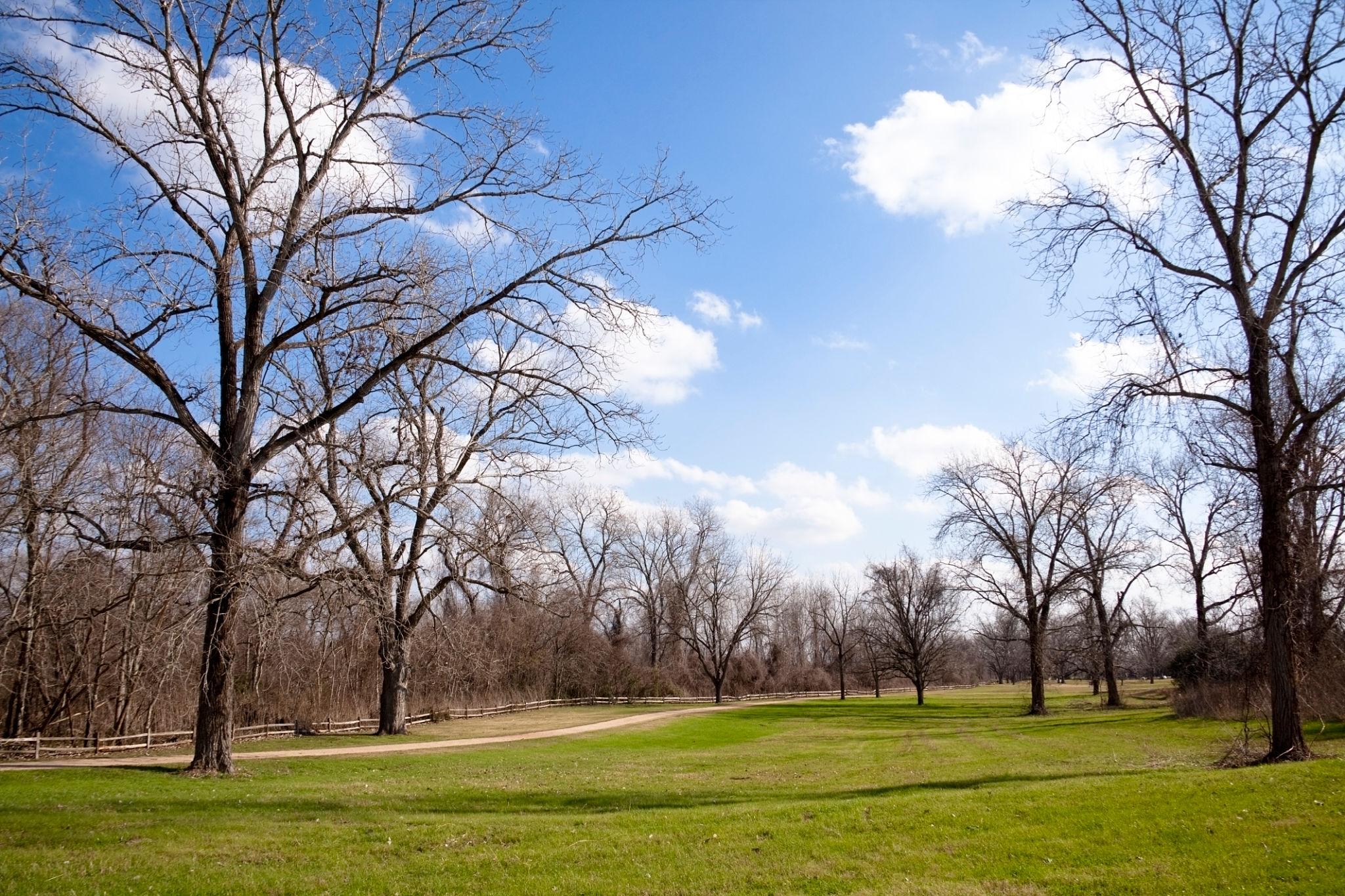Preparing Your Lawn for Winter: The Ultimate Guide for Texas Residents
Understanding Texas Climate
Preparing your lawn for winter in Texas requires an understanding of the state's unique climate. Unlike northern regions, Texas winters are relatively mild, but they can still bring unexpected cold snaps and frost. It's important to ensure your lawn is fortified against these conditions to maintain its health and vibrancy.

Choosing the Right Grass Type
One of the first steps in preparing your Texas lawn for winter is choosing the right grass type. Warm-season grasses, such as St. Augustine, Bermuda, and Zoysia, are popular choices due to their resilience in warmer climates. However, as winter approaches, these grasses will enter a dormant phase and may require extra care.
Overseeding for Winter Color
To keep your lawn green during the cooler months, consider overseeding with a cool-season grass like ryegrass. This technique provides vibrant color throughout the winter and helps the lawn remain lush. Overseeding should be done in early fall to ensure proper germination before the first frost.
Essential Lawn Care Practices
Proper lawn care practices are crucial in preparing your lawn for winter. Begin with a thorough cleaning to remove debris such as fallen leaves, which can smother grass and promote disease. It's also beneficial to aerate the soil to improve airflow and nutrient absorption.

Adjusting Mowing Height
As temperatures drop, adjust your mowing height to leave grass slightly taller than usual. This height protects the roots from cold damage and helps in moisture retention. Typically, setting the mower to about 2.5 to 3 inches works well for most grass types in Texas.
Fertilizing for Winter Health
Fertilization is a key step in preparing your lawn for winter. Apply a high-potassium fertilizer in late fall to strengthen roots and improve the lawn's tolerance to cold weather. Avoid high-nitrogen fertilizers during this period, as they encourage leaf growth rather than root development.

Watering Wisely
While Texas doesn't experience harsh winters, reduced rainfall and occasional frosts mean that lawns can still dry out. Water your lawn deeply but infrequently to encourage deep root growth. Be mindful of local watering restrictions and adjust your schedule accordingly.
Pest and Disease Management
Winter is also a good time to address any pest or disease issues that may have plagued your lawn during the growing season. Look for signs of fungal diseases or insect infestations and treat them promptly with appropriate remedies to prevent problems in spring.
Final Touches for Winter Prep
As a final step, consider applying a layer of mulch or compost to protect your lawn's root system from temperature fluctuations. This organic layer not only insulates but also enriches the soil as it breaks down over time.
By following these guidelines, Texas residents can ensure their lawns remain healthy and ready to flourish when spring arrives. With proper preparation, you can enjoy a lush, green lawn year-round.